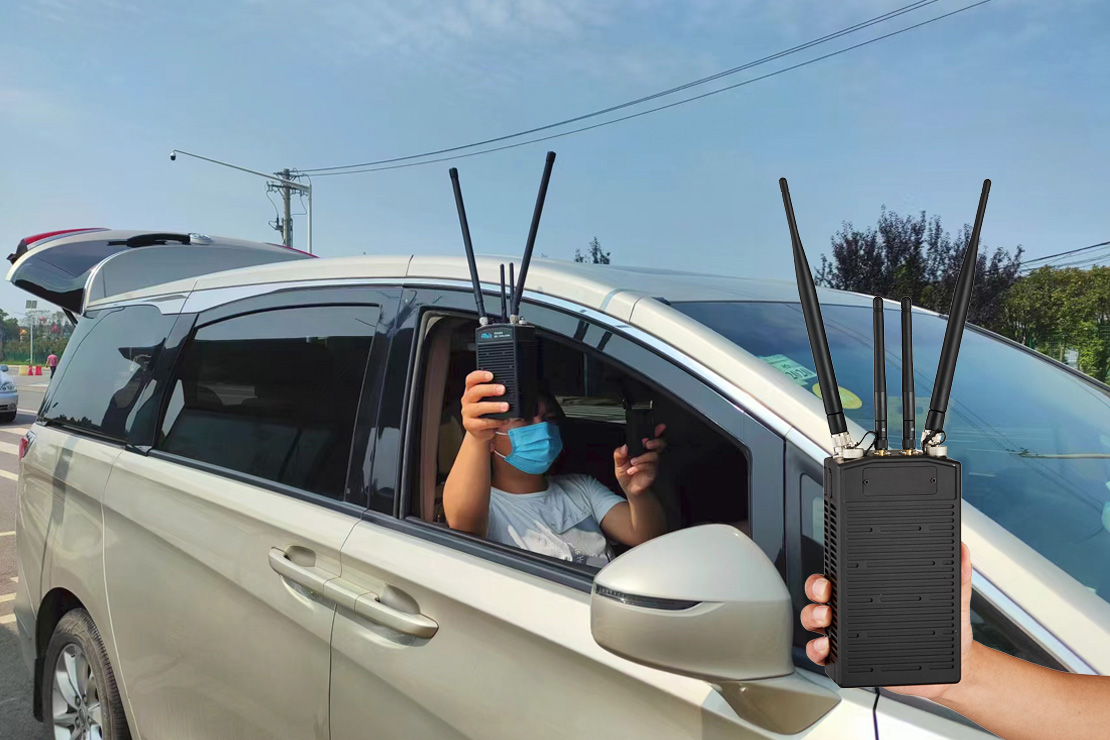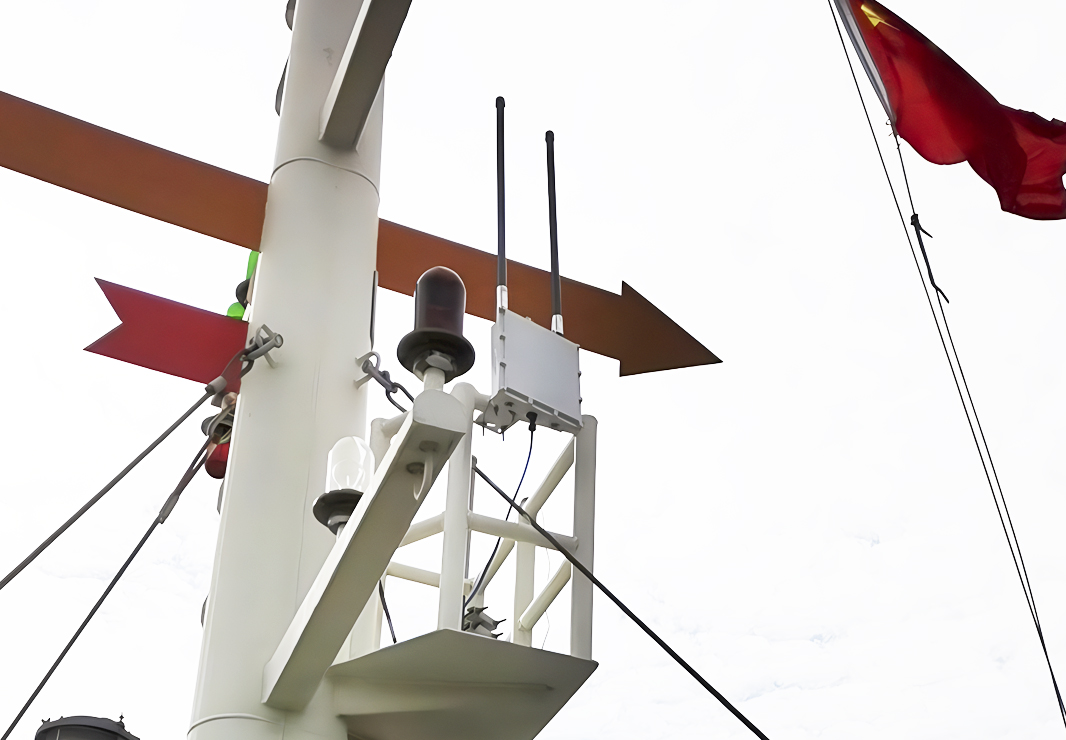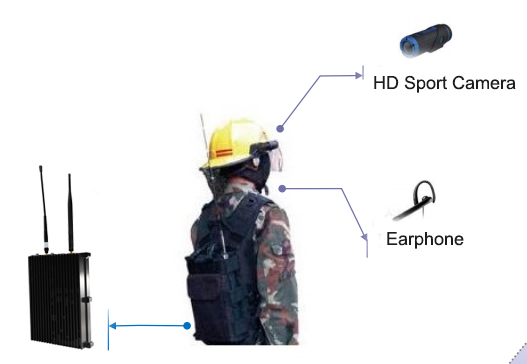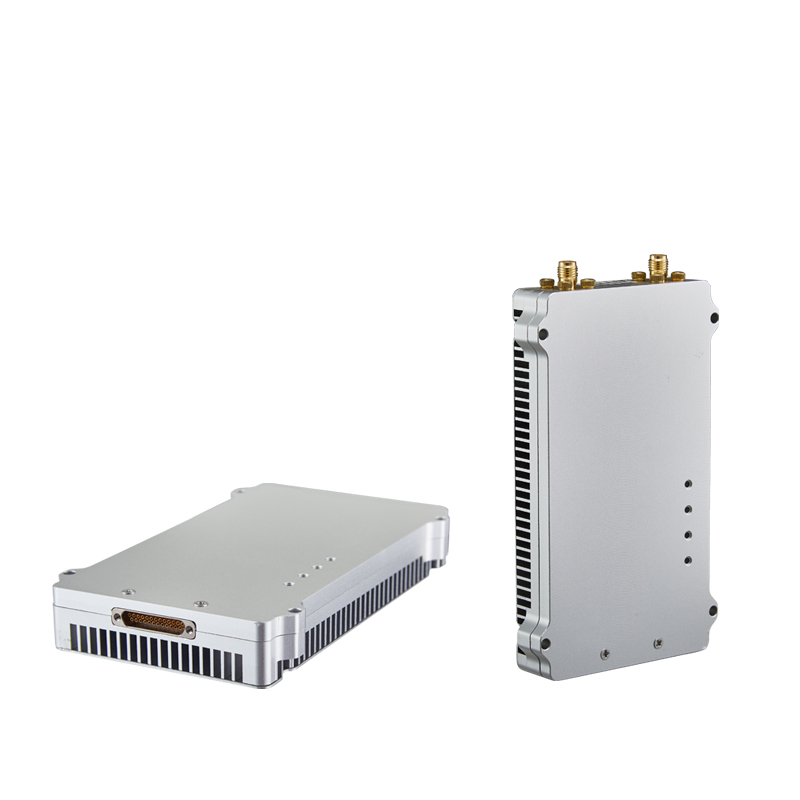In addition to the enhanced effect of transmitting power and antenna gain on signal strength, path loss, obstacles, interference and noise will weaken the signal strength, which are all signal fading. When designing a long range communication network, we should reduce signal fading and interference, improve signal strength, and increase the effective signal transmission distance.

Signal Fading
The strength of the wireless signal will gradually decrease during the transmission process. Since the receiver can only receive and identify wireless signals whose signal strength is above a certain threshold, when the signal fades too large, the receiver will not be able to identify it. The following are four main factors that affect signal fading.
● Obstacle
Obstacles are the most common and important factor in wireless communication networks that have a significant impact on signal attenuation. For example, various walls, glass, and doors attenuate wireless signals to varying degrees. Especially metal obstacles are likely to completely block and reflect the propagation of wireless signals. Therefore, when using wireless communication radios, we should try to avoid the obstacles to get a long range communication.
● Transmission Distance
When electromagnetic waves propagate in the air, as the transmission distance increases, the signal strength will gradually fade until it disappears. The attenuation on the transmission path is the path loss. People cannot change the attenuation value of the air, nor can they avoid air-borne wireless signals, but they can extend the transmission distance of electromagnetic waves by reasonably increasing the transmitting power and reducing obstacles. The further electromagnetic waves can travel, the wider area the wireless transmission system can cover.
● Frequency
For electromagnetic waves, the shorter the wavelength, the more severe the fading. If the working frequency is 2.4GHz, 5GHz or 6GHz, because their frequency is very high and the wavelength is very short, the fading will be more obvious, so usually the communication distance will not be very far.
In addition to the above factors, such as antenna, data transmission rate, modulation scheme, etc., will also affect the signal fading. In order to ensue a long range communication distance, most of IWAVE wireless data transmitter adopts 800Mhz and 1.4Ghz for hd video, voice, control data and TCPIP/UDP data transmitting. They are widely used for drones, UAV solutions, UGV, command communication vehicles and tactical hand held radio transceiver in complex and beyond line of sight communications.
●Interference
In addition to signal attenuation affecting the receiver's recognition of wireless signals, interference and noise can also have an impact. The signal-to-noise ratio or signal-to-interference-to-noise ratio is often used to measure the impact of interference and noise on wireless signals. Signal-to-noise ratio and signal-to-interference-to-noise ratio are the main technical indicators for measuring the reliability of communication quality of communication systems. The larger the ratio, the better.
Interference refers to the interference caused by the system itself and different systems, such as same-channel interference and multipath interference.
Noise refers to irregular additional signals that do not exist in the original signal generated after passing through the equipment. This signal is related to the environment and does not change with the change of the original signal.
Signal-to-noise ratio SNR (Signal-to-noise Ratio) refers to the ratio of signal to noise in the system.
The expression of signal-to-noise ratio is:
SNR = 10lg (PS/PN), where:
SNR: signal-to-noise ratio, unit is dB.
PS: The effective power of the signal.
PN: Effective power of noise.
SINR (Signal to Interference plus Noise Ratio) refers to the ratio of the signal to the sum of interference and noise in the system.
The expression of signal-to-interference-to-noise ratio is:
SINR = 10lg[PS/(PI + PN)], where:
SINR: Signal-to-interference-to-noise ratio, the unit is dB.
PS: The effective power of the signal.
PI: The effective power of the interfering signal.
PN: Effective power of noise.
When planning and designing a network, if there are no special requirements for SNR or SINR, they can be temporarily ignored. If required, when conducting field strength signal simulation in network planning design, signal interference-to-noise ratio simulation will be performed at the same time.
Post time: Feb-20-2024











